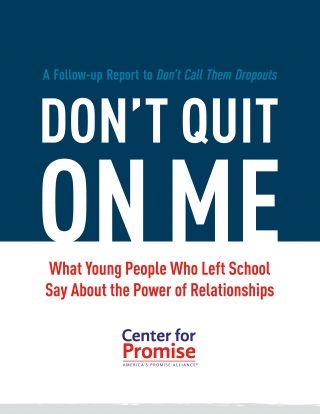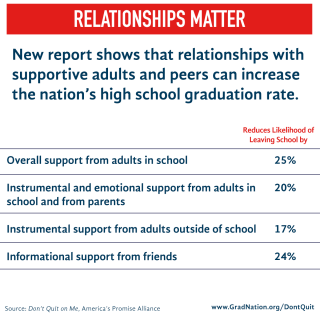Study shows how “self-distancing” can help teens deal with negative emotions
Posted by Evan Lerner-Pennsylvania
Teens who can mentally take a step back from their own point of view when thinking about something troubling can deal with negative emotions more effectively and become less upset by them, a new study shows.
Researchers looked at 226 African American 11- to 20-year-olds from a public school in Washington, DC, asking them about a recent event that made them extremely angry, such as a fight.
The teens then reflected on their experiences and why they felt angry, and told researchers how they felt and thought about the experiences.
The researchers assessed self-distancing by, for example, asking the youth, “When you saw the fight again in your imagination a few minutes ago, how much did you feel like you were seeing it through your own eyes versus watching the fight happen from a distance (like watching yourself in a movie)?” and, “When you saw the fight again in your imagination a few moments ago, how far away from the fight did you feel?”
Other experiments, performed primarily with adults, show that self-distancing helps adaptive self-reflection; however, no previous research has investigated whether adolescents spontaneously engage in this process or whether doing so is linked to adaptive outcomes.
REGULATING EMOTIONS
Young people who reflected on their experiences from a self-distanced perspective became less upset than those who reflected from a self-immersed perspective, according to the study in Child Development.
In part, this was because adolescents who saw their experience from a distance thought about it differently. These teens were more likely to reconsider the events in meaningful and insightful ways and less likely to simply replay the upsetting events in their minds. They were also less likely to continue to blame the other person involved in the event, though not less likely to forgive him or her. In turn, these new insights were associated with less emotional distress.
“Mentally stepping back from the event didn’t mean the youth were avoiding their problems,” says Rachel E. White, a postdoctoral researcher at the University of Pennsylvania. “In fact, they were dealing with them in a more adaptive way.”
The study also finds that self-distancing strategies seemed to grow more powerful with age. Older young people who self-distanced became even less upset than younger adolescents who did so.
“These results show that teens can use self-distancing strategies in much the same way as adults,” White says. “They also suggest that the teen years could be critical in developing this way to regulate emotions.”
Research suggests that adults could help youth learn and implement these strategies. Previous experiments have shown that even fifth graders can use self-distancing techniques when instructed to do so, and they handle their emotions better as a result.
White led the study with Associate Professor Angela Duckworth of Penn’s psychology department and Positive Psychology Center. They collaborated with Ethan Kross, an associate professor of psychology at the University of Michigan.
The John F. Templeton Foundation and National Institute on Aging supported the work.
Source: University of Pennsylvania
http://chronicle.umbmentoring.org/study-shows-how-self-distancing-can-help-teens-deal-with-negative-emotions/?utm_source=Chronicle+Subscribers&utm_campaign=fc893fdeab-October_29_201510_29_2015&utm_medium=email&utm_term=0_afc94e8372-fc893fdeab-116180833&ct=t(October_29_201510_29_2015)&mc_cid=fc893fdeab&mc_eid=c7177e3427
Ret. 10-30-15














